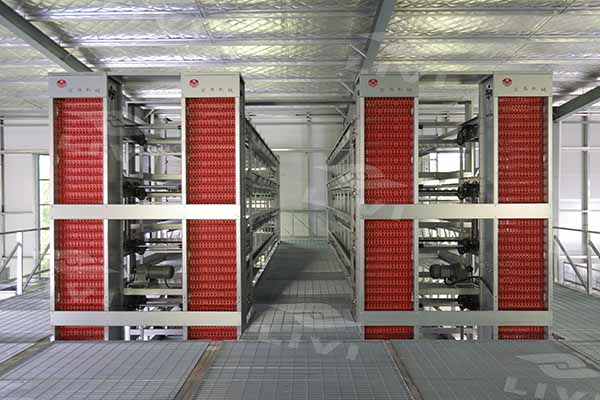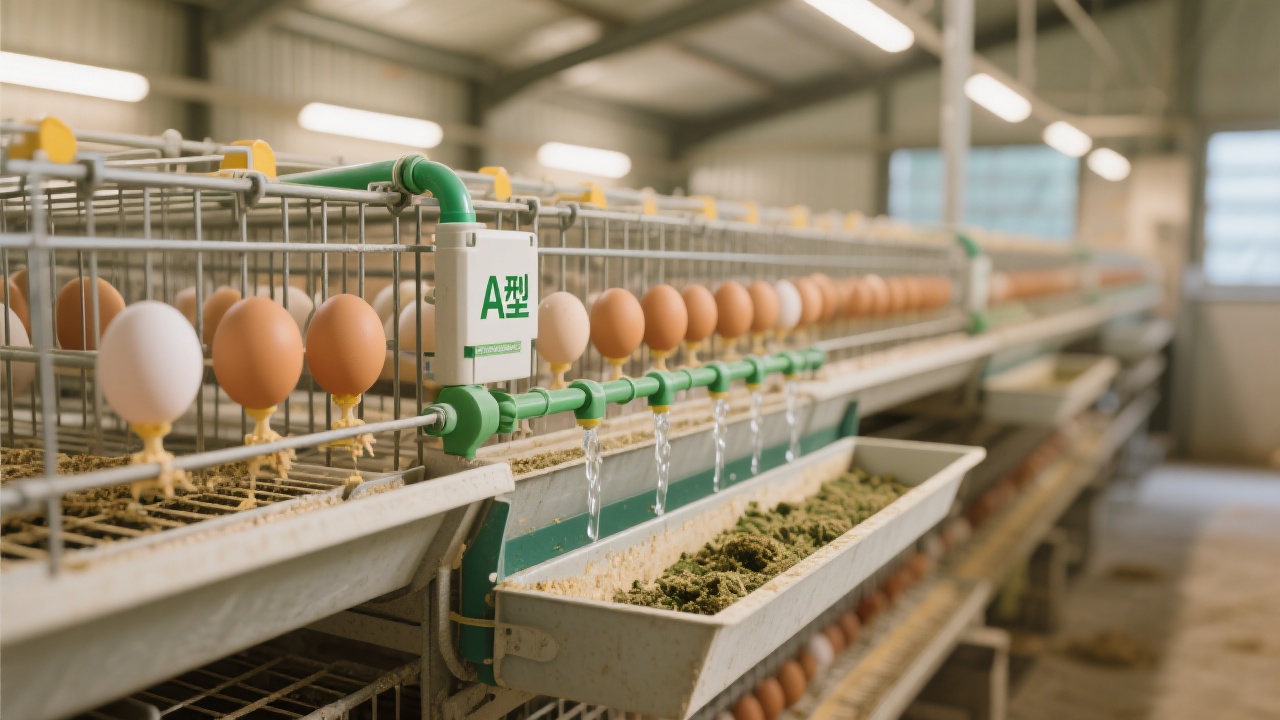
You’re likely familiar with the daily grind: waking up before sunrise to collect eggs manually, checking for broken or dirty ones, and still feeling like you're behind by midday. If this sounds like your reality, you’re not alone—many small- to medium-scale egg producers across Southeast Asia, Europe, and North America report spending 4–6 hours per day on manual collection, often leading to missed eggs, stress on hens, and inconsistent output.
When we talk about automation in poultry farming, it’s easy to focus only on reducing labor costs. But the real value lies in how it transforms your entire operation:
In fact, farms that have adopted integrated automatic egg collection + manure removal systems report a 30–35% reduction in labor costs within the first year, according to data from China’s Ministry of Agriculture and Rural Affairs (2024).

Not all cages are created equal. The H-type layer cage design isn’t just about aesthetics—it’s engineered for efficiency:
| Feature | Manual System | H-Type Auto System |
|---|---|---|
| Egg Collection Time | 4–6 hrs/day | 0.5–1 hr/day |
| Space Utilization | ~60% | ~85% |
| Hen Stress Level | High | Low |
A case in point: Mr. Zhang, a 1,200-head layer farm owner in Jiangsu Province, switched to an H-type automated system last year. He now saves over 15 hours weekly and reports a consistent 97% egg collection rate—up from 88% previously.

If you're considering upgrading your setup, here are three key factors to evaluate:
The transition doesn’t need to be overwhelming. Start with a pilot zone—say, 200–300 birds—and measure results over 60 days. Then scale based on hard metrics, not assumptions.

